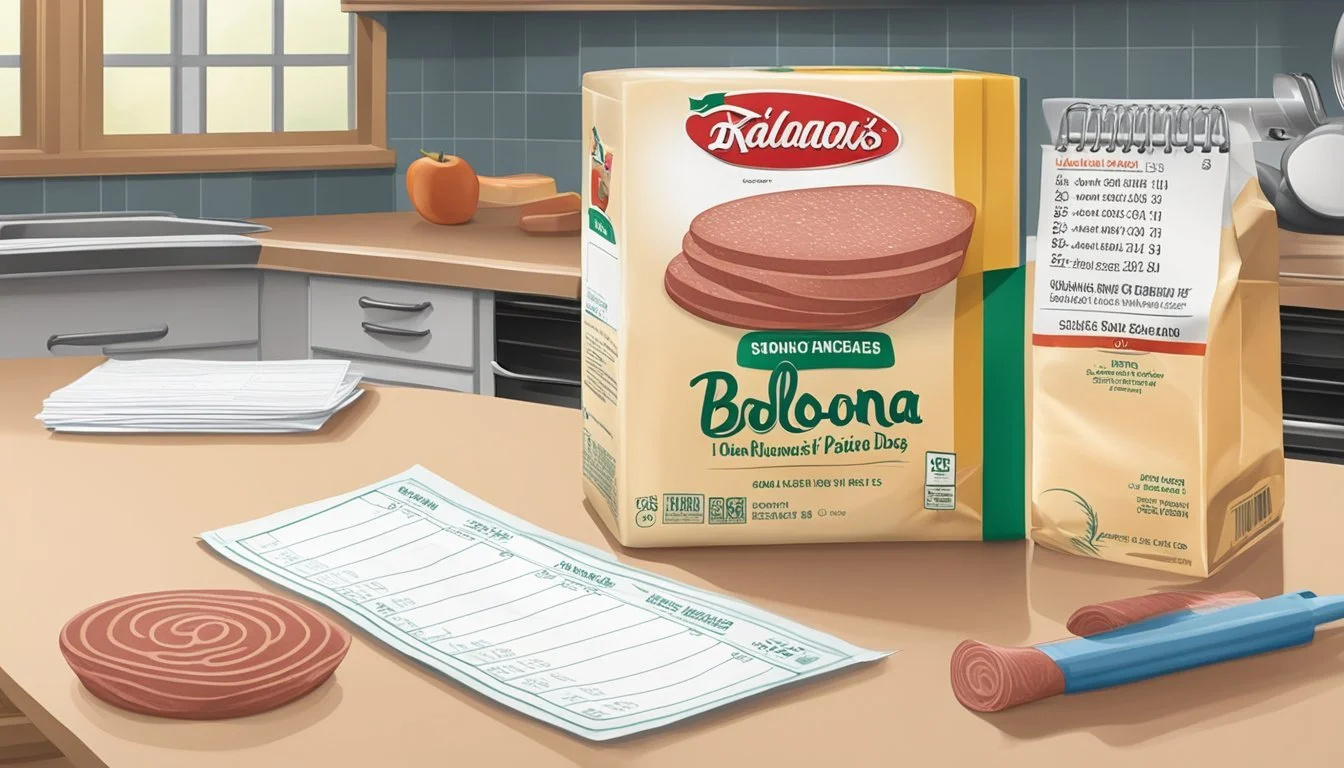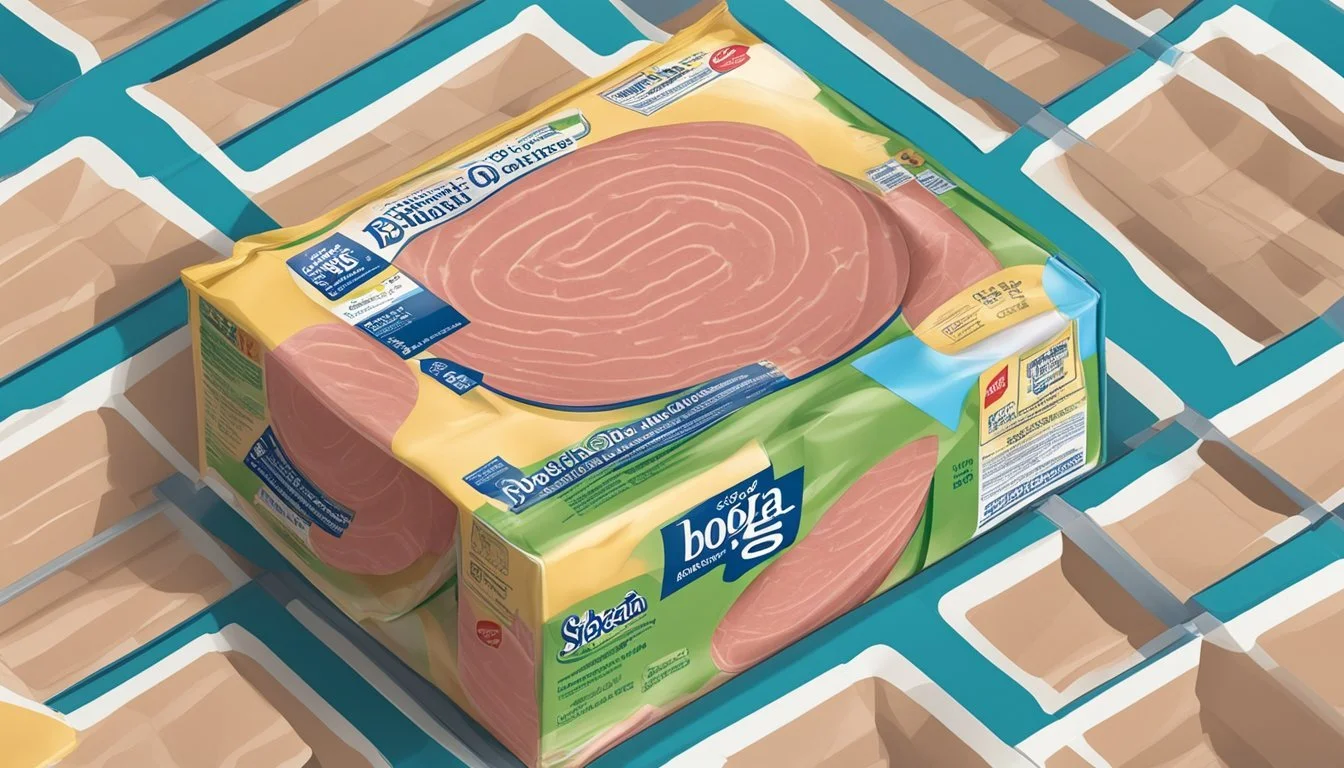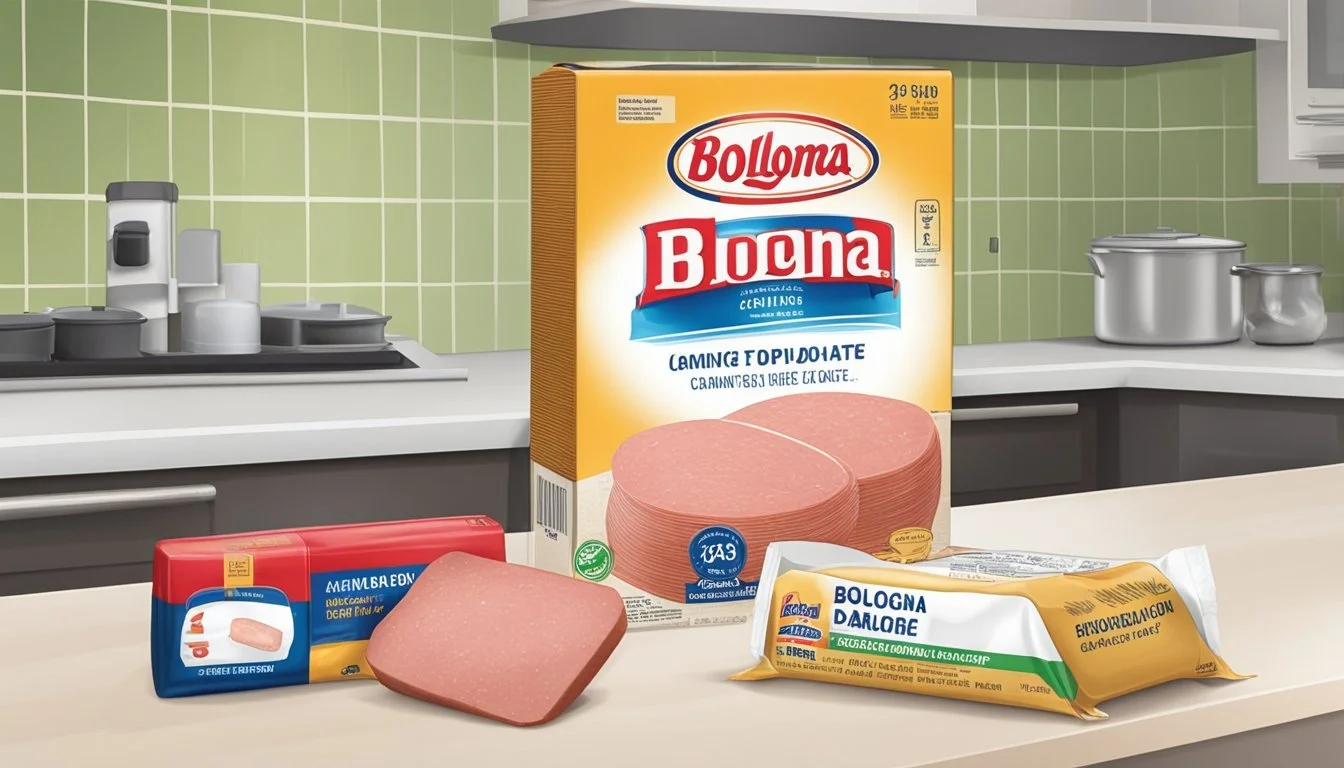How Long Does Bologna Last?
Shelf Life and Storage Tips
Bologna is a popular deli meat known for its versatility and taste, but like any perishable food, it has a limited shelf life. The lifespan of bologna in the refrigerator depends on various factors, including whether it is homemade, store-bought, processed, or vacuum-sealed. Generally, an unopened package of bologna can last up to two weeks in the refrigerator. Once the package is opened, it is advisable to consume the bologna within three to five days to ensure freshness and safety.
Storage conditions play a significant role in the longevity of bologna. To maximize its shelf life, bologna should be kept refrigerated at or below 40 degrees Fahrenheit. If frozen, bologna maintains its best quality for one to two months, though it remains safe to eat beyond that time frame. Distinguishing between whether bologna is still good to consume involves checking for changes in color, texture, and odor, which are indicators that the meat has potentially spoiled.
Understanding Bologna
Bologna is a versatile deli meat that varies in type and composition, influenced by its ingredients and the process through which it is made.
Types of Bologna
Traditional Bologna usually consists of a mixture of meats such as beef, pork, chicken, or turkey. The classic American bologna is similar to an Italian sausage known as mortadella, which typically includes pork and is dotted with cubes of fat, often with added pistachios or black pepper.
Beef Bologna: Made exclusively from beef.
Pork Bologna: Primarily made from pork.
Chicken or Turkey Bologna: Poultry alternatives that provide a leaner option.
Ring Bologna: A smaller, ring-shaped variety that is often found in European-American cuisine.
Each type offers a different taste and texture, catering to various preferences and dietary needs.
Components and Additives
The primary components of bologna are:
Ground Meat: A blend of one or more meats finely ground for a uniform texture.
Casing: Originally made from animal hides, casings can also be synthetic. It shapes and contains the bologna during cooking.
Spices and Seasonings: Ingredients like salt, pepper, and other seasonings are added to enhance flavor.
Regarding additives, many types of bologna can include:
Preservatives: To extend the shelf life of bologna deli meat.
Fillers: Non-meat additives used to increase volume and sometimes improve texture.
Flavor Enhancers: Chemical or natural substances that intensify the taste.
The exact spice blend and additives can vary by brand and type of bologna, contributing to the diverse flavor profiles available on the market.
Storage Guidelines
Proper storage is crucial for maintaining the freshness and extending the shelf life of bologna. Adhering to optimal storage practices ensures the meat remains safe and flavorful for consumption.
Fridge Storage Practices
For unopened packages of bologna, they should be kept in the refrigerator, which typically allows them to last up to 2 weeks. Once the package is opened, it's advisable to consume the bologna within 3 to 5 days. Bologna should be stored in the coldest part of the fridge, usually at or below 40°F (4°C).
Unopened package: Up to 2 weeks
Opened package: 3 to 5 days
Freezing Bologna
Bologna can be frozen to extend its shelf life. To freeze bologna, one should wrap it in aluminum foil, plastic wrap, or freezer paper and place it inside a freezer bag or airtight container. Labeling the packaging with the date will help keep track of how long it has been stored.
Wrapped and airtight: Extend freshness for up to 2 months
Room Temperature Storage
Storing bologna at room temperature is not recommended due to the risk of bacterial growth. Jack's Mountain beef bologna is an exception, as it can last up to 1 year unrefrigerated due to its specific preparation method.
Most types: Not recommended
Jack's Mountain beef bologna: Up to 1 year
Packaging for Preservation
Vacuum-sealed bologna provides a longer shelf life due to the absence of air which can harbor bacteria. Once the seal is broken, transfer any remaining bologna to an airtight container or rewrap it securely to maintain freshness.
Vacuum-sealed: According to manufacturer's expiration date
After opening: Transfer to an airtight container or rewrap
Determining Freshness and Spoilage
When it comes to bologna, understanding how to determine its freshness and detect spoilage is crucial for health and safety. Recognizing the key signs of spoilage will help ensure that the bologna consumed is safe and enjoyable.
Evaluating Texture and Smell
One should first check the texture of the bologna; it should not feel slimy or sticky. Fresh bologna typically has a firm yet slightly moist texture. If the meat gives off a sour or unpleasant smell, or if there is a scent that is markedly different from when it was first opened or purchased, it's likely that the bologna has gone bad.
Visual Signs of Spoilage
Visual inspection can reveal telltale signs of spoilage in deli meats. Discoloration, such as dull color or any form of mold growth, suggests that the bologna should not be consumed. The presence of mold especially indicates significant deterioration and the potential presence of harmful bacteria that can lead to foodborne illness.
Understanding Expiration Dates
Pay close attention to the expiration date or shelf life information on bologna packaging. For unopened bologna, the timeframe can last up to two weeks in the refrigerator; however, once the bologna is opened, it is best consumed within 3-5 days to ensure it remains safe to eat.
Risks of Consuming Spoiled Bologna
Consumption of spoiled bologna poses health risks including food poisoning, displaying symptoms such as vomiting, diarrhea, stomach cramps, and nausea. These are signs that one has ingested unsafe to eat products contaminated with harmful bacteria. Always err on the side of caution and dispose of any bologna that shows signs of spoilage.
Consumption Tips and Uses
In this section, readers will discover optimal ways to incorporate bologna into meals, understand safe cooking practices, and explore serving recommendations to enhance their dining experience.
Bologna in Recipes
Bologna can be a versatile ingredient, whether used in sandwiches, salads, or as part of snacks. Here are a few recipes where bologna shines:
Classic Bologna Sandwich: A simple combination of bologna with cheese and condiments between slices of bread.
Bologna Salad: Chopped bologna blended with mayonnaise, relish, and diced vegetables served on a bed of lettuce.
Proper Cooking Techniques
To ensure bologna is safely cooked, it should reach an internal safe temperature before consumption. Though typically a processed and pre-cooked meat, one can reheat bologna using various methods:
Microwave: Heat slices for 30 seconds to 1 minute until warm.
Baking: Place slices on a baking sheet in a preheated oven at 350°F (175°C) for a few minutes.
Serving Suggestions and Pairings
Bologna can complement a range of dishes and ingredients.
Lunch Meats: Pair with other lunch meats for a hearty sandwich.
Cheeses and Crackers: Offer thinly sliced bologna with an assortment of cheeses and crackers for a savory snack.
Pickles and Condiments: Enhance the flavor with pickles, mustard, or mayo for an extra zing.
When purchasing bologna at grocery stores, one might encounter shelf-stable bologna which is typically smoked and can last longer without refrigeration, or freshly sliced bologna from the deli that is best consumed within a few days.
Preventative Measures
Preserving the shelf life and ensuring the safety of bologna involves proper handling and storage. It’s crucial for consumers to understand the necessary steps to keep the meat at its best quality and recognize when it should be discarded.
Handling and Hygiene
When dealing with bologna, always start with clean hands and utensils to avoid microbial contamination. It should be remembered that washing hands before and after handling food is starkly advised. Further, surfaces and tools that will come into contact with the meat should be sanitized.
Storing After Opening
Once bologna has been opened, it should be stored in the refrigerator at or below 40 degrees Fahrenheit to retain its quality. An opened package of bologna typically remains consumable for up to two weeks. The meat should be wrapped tightly in plastic or aluminum foil to prevent exposure to air that could hasten the spoiling process.
When to Dispose of Bologna
Bologna should be discarded if it exhibits any signs of spoilage such as a sour smell, dull color, slimy texture, or moldy growth. If there is any uncertainty about the product's safety, it is better to err on the side of caution. Consumers should also discard bologna that has been left at room temperature for more than two hours, as this is an estimate beyond which food safety can be compromised.







